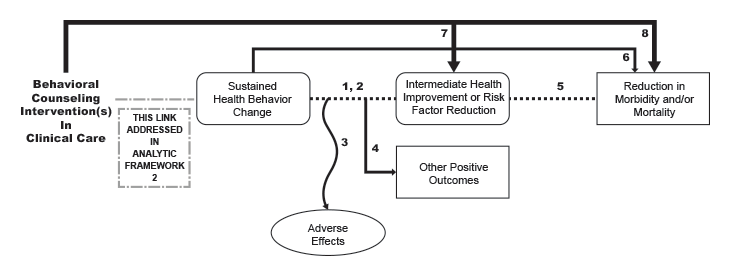Figure 1. Does Changing Individual Health Behavior Improve Health Outcomes?
Analytic Framework 1

Figure 1 shows a diagram explaining how one organizes the literature search and evaluation to answer the overall question, "Does changing individual behavior improve health outcomes?" Such a diagram is called an analytic framework.
The figure "reads" from left to right and connects a series of boxes (containing population groups or outcomes of interest) using arrows (indicating actions that connect adjacent boxes) or dotted lines (indicating associations between adjacent boxes). Above the arrows and dotted lines are numbers, related to the key questions listed by number in the text. These key questions are to be answered to understand each action or association between population groups and outcomes.
Reading across the figure on a single line from left to right is a body of text not in a box entitled "Behavioral Counseling Intervention(s) in Clinical Care" which is connected to three other boxes: "Sustained Health Behavior Change," "Intermediate Health Improvement or Risk Factor Reduction," and "Reduction in Morbidity and/or Mortality." Below the line is an oval labeled "Adverse Effects" and another box labeled "Other Positive Outcomes."
The first arrow in this diagram connects "Behavioral Counseling Interventions in Clinical Care" to "Intermediate Health Improvement or Risk Factor Reduction" (this arrow is labeled to refer to key question 7) and to "Reduction in Morbidity and/or Mortality" (labeled to refer to key question 8). "Behavioral Counseling Interventions in Clinical Care" is not directly connected by arrow or dotted line to the next adjacent box "Sustained Health Behavior Change", as the link between these two is addressed in detail by the next analytic framework, Figure 2. "Sustained Health Behavior Change's is linked directly through another arrow parallel to the first arrow described to the same box, "Reduction in Morbidity and/or Mortality" (labeled to refer to key question 6).
"Sustained Health Behavior Change" is linked by a dotted line to the next immediate box to its right, "Intermediate Health Improvement or Risk Factor Reduction," and is labeled to refer to key questions 1 and 2. Coming down from that dotted line (indicating association) is a curved arrow labeled to refer to key question 3 and leading to the oval "Adverse Effects." Another arrow labeled to refer to key question 4 leads from the same dotted line to the box "Other Positive Outcomes."
Analytic Framework 1—Key Questions:
- Do changes in patients' health behavior improve health or reduce risk factors?
- What is the relationship between duration of health behavior change and health improvement (i.e., minimum duration, minimum level of change, change/response relationship)?
- What are the adverse effects of health behavior change?
- Does health behavior change produce other positive outcomes (e.g., patient satisfaction, changes in other health care behaviors, improved function, decreased use of health care resources?
- Is risk factor reduction or measured health improvement associated with reduced morbidity and/or mortality?
- Is sustained health behavior change directly related to reduced morbidity and/or mortality?
- Are behavioral counseling interventions in clinical care directly related to improved health or risk factor reduction?
- Are behavioral counseling interventions in clinical care directly related to reduced morbidity and/or mortality?
Current as of: November 2013
